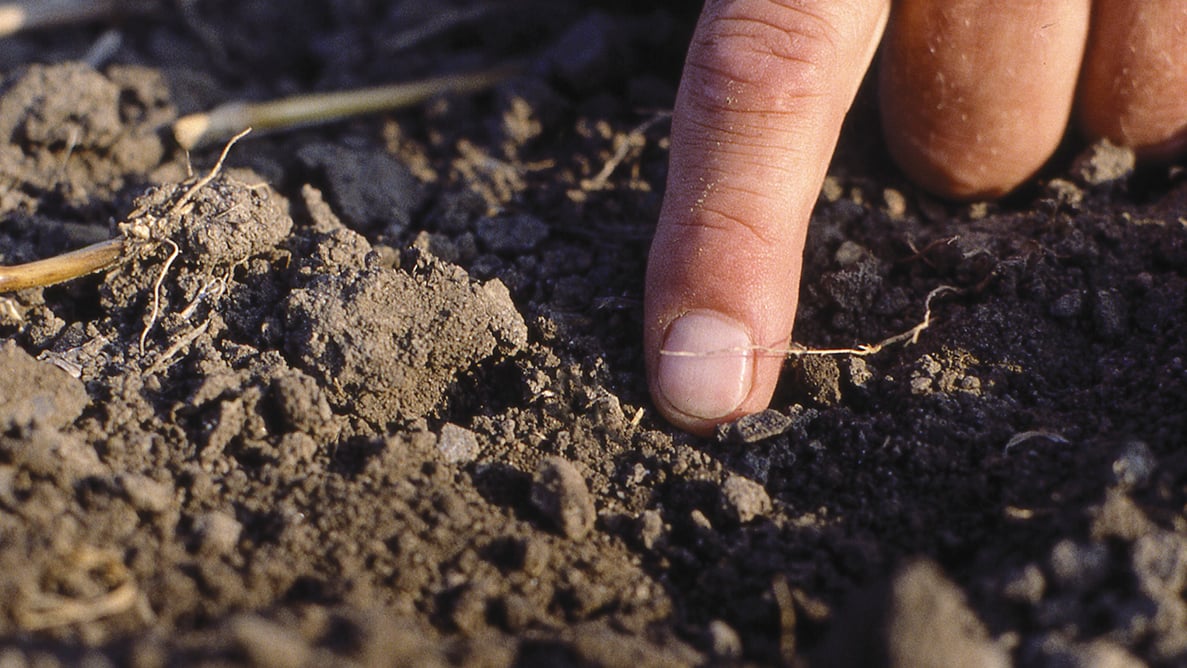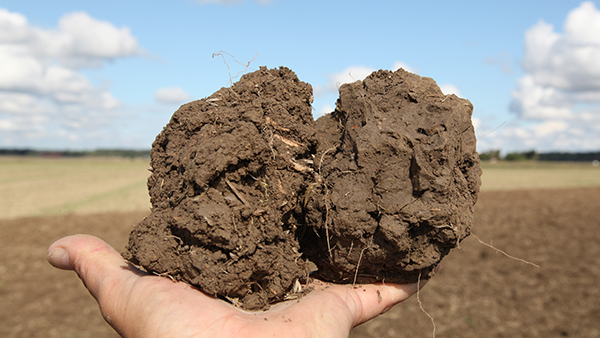Immediate insight
Therefore it is a good idea to keep a check on the conditions and status of the soil. This can be done quite easily with a spade and a close look, since conditions in the soil are often reflected in its appearance. It is often possible to get an immediate insight into the condition of the soil by looking at it and considering how it has been treated in the past.
The basic tip is to dig to around 30cm in order to get a view of the whole topsoil, while digging deeper into the subsoil gives an even better impression of soil properties. A number of different methods are used in different countries to make a diagnosis and assess the health of the soil. Some are rather advanced, but most are easy to perform.



